Mastering Balance after Limb Loss
Author: Megan Williamson, BA, CPT
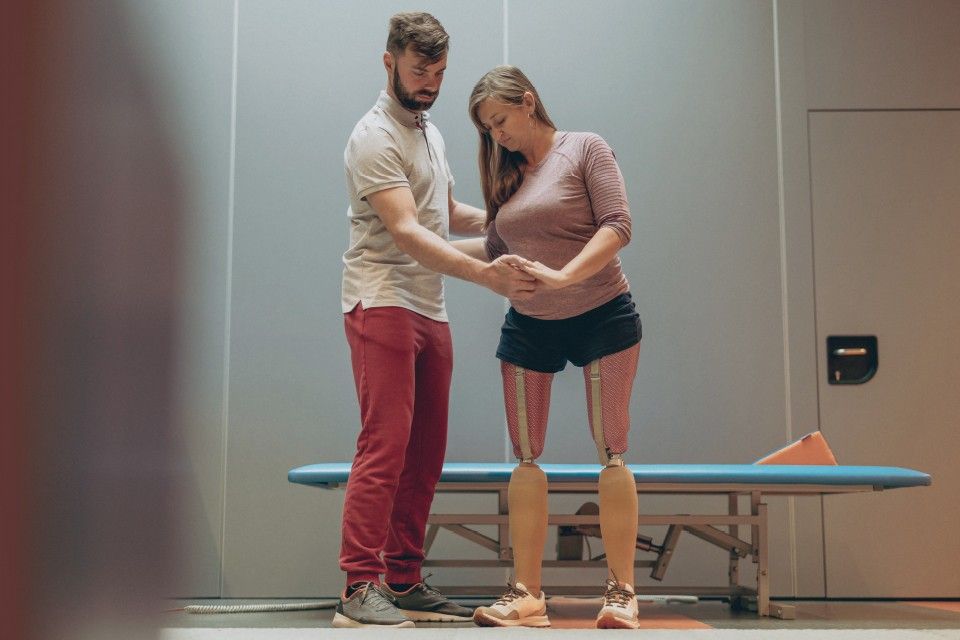
When we think about exercises to improve balance, standing on one leg might be the first thing that comes to mind. While that’s one method, it’s not the only way — nor is it always the most effective, especially for prosthetic users.
Balance is more than just keeping yourself upright; it’s about stability in motion, confidence in movement, and adapting to real-life challenges.
For those with lower-limb loss, balance challenges are common and can impact how effectively a prosthetic device is used in daily life. However, by training the body’s key balance systems, prosthetic users and fitness professionals alike can unlock greater mobility, confidence and independence.
For those with lower-limb loss, balance challenges are common and can impact how effectively a prosthetic device is used in daily life. However, by training the body’s key balance systems, prosthetic users and fitness professionals alike can unlock greater mobility, confidence and independence.
Balance is the even distribution of weight that allows us to stay steady.
But from a training perspective, it’s much more complex. The body relies on three key neurological systems to maintain balance: proprioception, the vestibular system, and vision. Each system plays a role in movement, stability and coordination, and understanding them is key to effective training.
For practical exercises and essential training tips for better balance check out the full article.


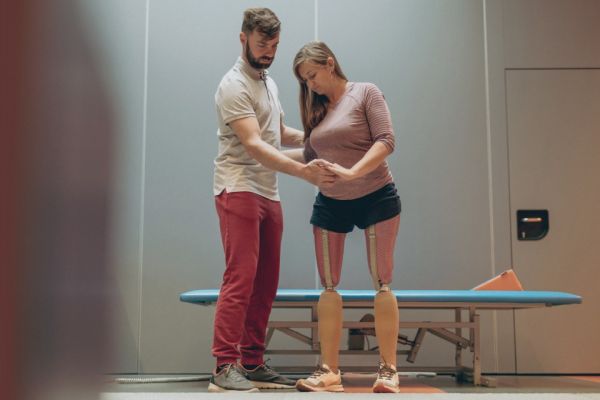
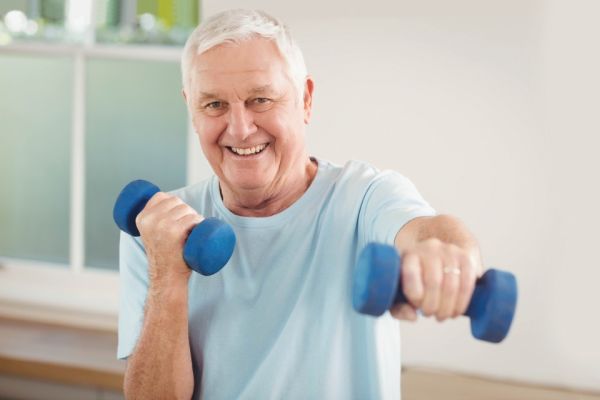
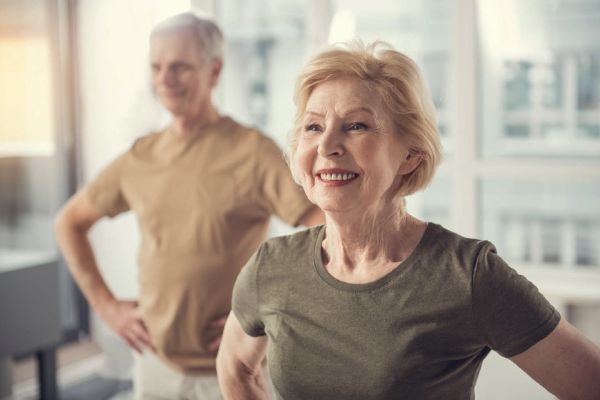
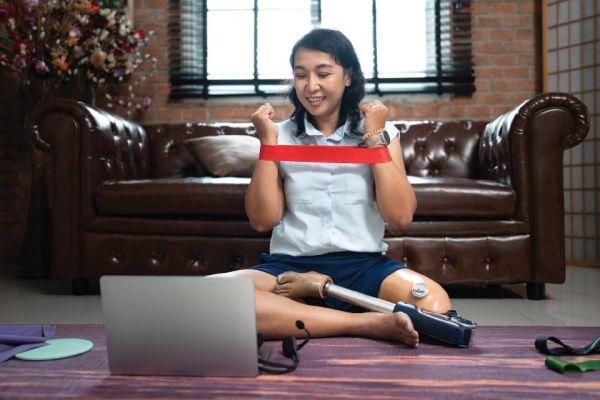
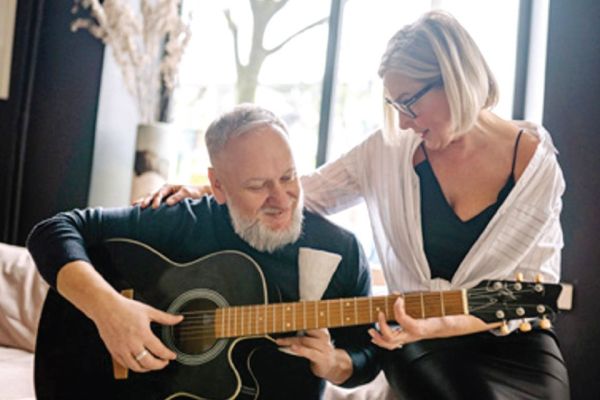
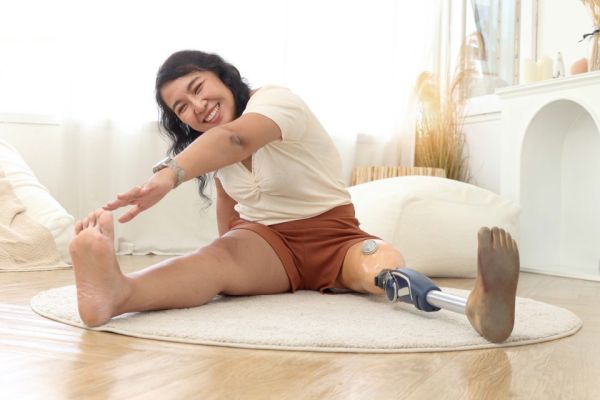
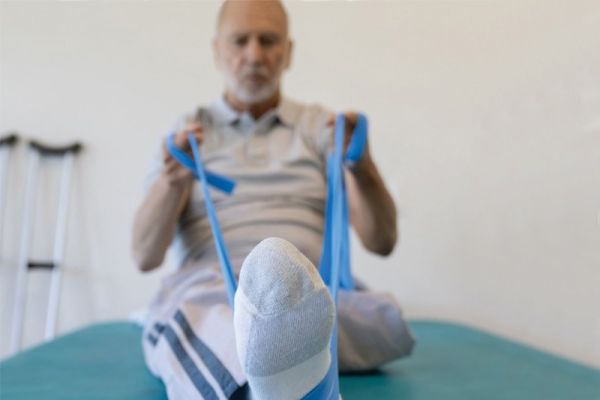
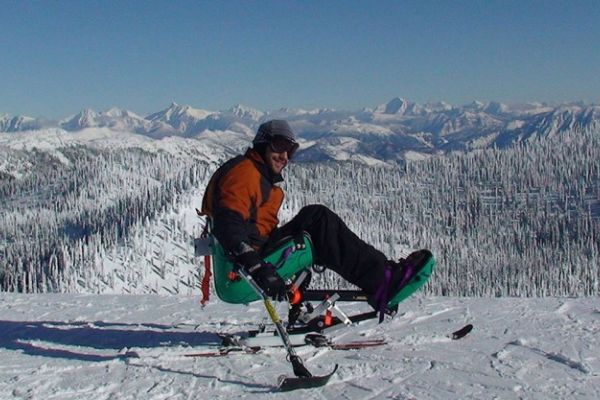
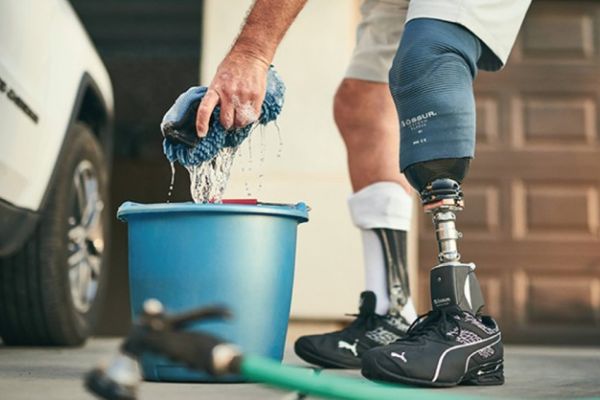
 How to resolve AdBlock issue?
How to resolve AdBlock issue?